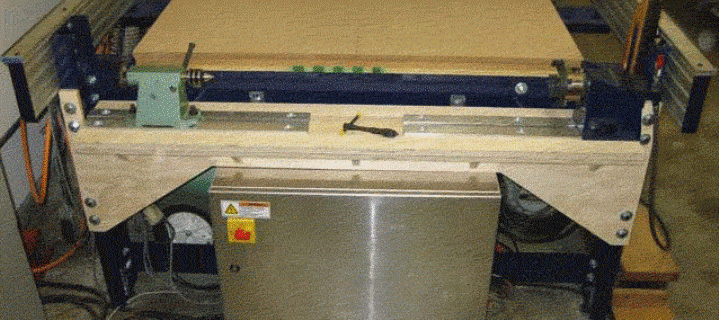

So if you take into consideration the MM-1000 with dual spacers, you would have a total Z height of 140mm (5.51″) minus 26.34mm (1.04″) leaving you with a new max Z height of 113.66mm (4.47″). Most all CNC machines will have spindle and spindle nut/tool holder stick out that takes away from the usable Z height.

Consult your machine’s manufacturer for assistance with proper speeds and feeds for surfacing bits. Note: Because of the larger diameter of a surfacing bit, it is important to note that you can not take as deep of passes or run as fast as you might with smaller end mills on most machines.

By using a surfacing bit, you will ensure that your spoil board is perfectly level in relation to your gantry which will result in a uniform engraving. 005″ into a piece of metal and your bed is off by a couple thousandths from one side to the other or front to back, then the thickness of your engraved lines will vary. Leveling your spoil board is also important. A surfacing bit is perfect for this, especially with machines where the spoil board is physically attached to the machine – you might want to prolong the use of it for as long as you can before replacing. After continuous use your spoil board’s surface will have a lot of cuts in it and you might want to clean it up so it is perfectly smooth again. If you don’t have a surface planer in your shop then you can use a surfacing bit with a pocket tool path to plane the material down.Īnother common use for surfacing bits is to clean up and level a spoil board. For example, you might have a piece of rough cut lumber that measures 1 inch in thickness but you need it to be 3/4 inch thick. They are also used to take the thickness of a material down to a final required size. A surfacing bit typically has a larger than normal cutting diameter (1 to 3 inches) and are used to flatten or level uneven surfaces on your project material.


 0 kommentar(er)
0 kommentar(er)
